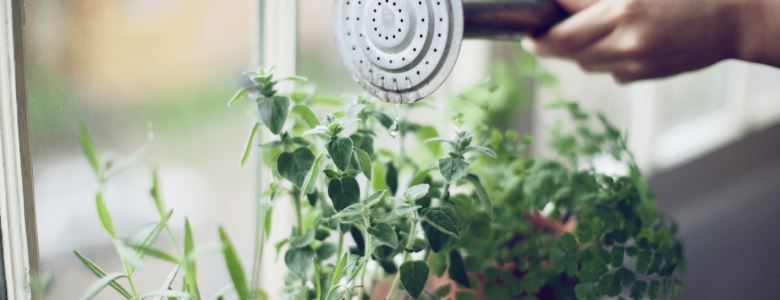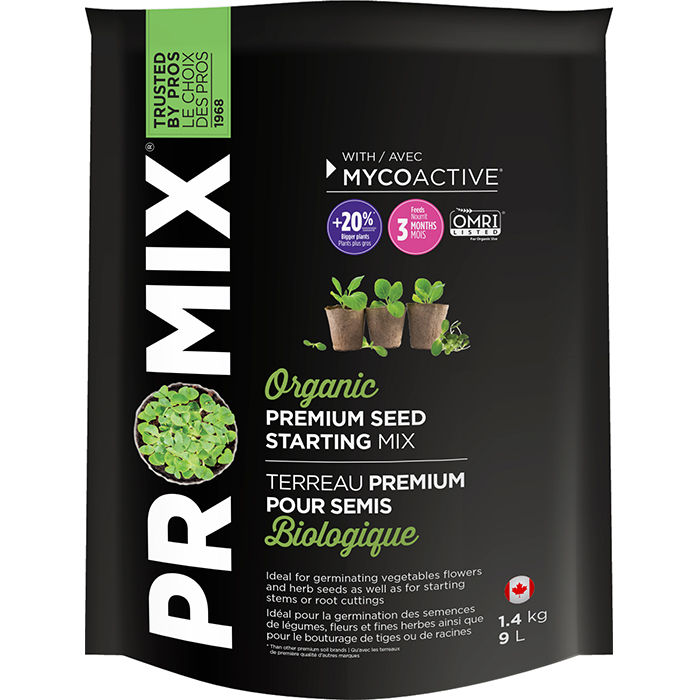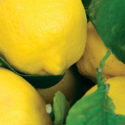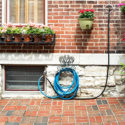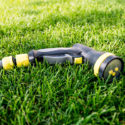For many people, it’s the preferred way to begin a garden. If you only draw on local resources of bedding and potted plants, you’re likely missing a huge variety of wonderful plants… beautiful flowers and vegetables that are often only available as seed. Many veteran gardeners prefer to grow from seed, for a number of reasons: A bigger variety of plants to choose from and much lower costs, so you can fill a larger area of garden on a budget, are a couple. So, start your garden indoors very earlier in the spring this year. The results will give you a greater sense of accomplishment, not to mention it’s just plain fun. Gardeners who grow from seed also say their plants are healthier and hardier. Look for seeds at your local garden center. They can also help you choose the types best suited for your growing conditions, and usually have good information available on growing from seeds. Here’s a brief “how to” guide to get you started:
Supplies:
Pick up a supply of growing trays and cell-pots at your garden center. Make sure they’re the kind that allow for good drainage. Also get some good quality soil such as, PRO-MIX Organic Seed Starting Mix.
Planting:
Depending on the type of plant, start seeds 4 to 8 weeks before the last frost if you plan to move them outdoors. If you plan to keep your plants inside, start anytime. Nearly-fill each compartment of your tray/cell-pots with PRO-MIX® Seed Starting Mix. Sprinkle a few seeds into each compartment/pot and cover with a little soil. Water well and cover each tray/pot with clear plastic dome. Keep them moist not wet. Too much water will cause them to dampen off, and die. Store in a warm place until they germinate. Once the seedlings have poked their heads out of the soil you can move them to a nice sunny spot. Be sure to turn trays/pots regularly to prevent long stringy plants. Transfer to larger pots when the seedlings are 3 to 4 inches tall.
Moving seedlings into the garden:
Two weeks before you’re ready to transplant, “harden” your new seedlings off by taking them outdoors for a few hours each day, or place them in a cold frame. It’s a good idea to prepare your garden soil a couple of weeks ahead of planting, too. Tilling the soil early will fool weeds into germinating early, and you can then pull them to reduce competition with your seedlings. When there is no longer any risk of frost, take the seedlings out of the pots and plant them into the garden, using Plant-Prod® Ultimate Water Soluble Starter Fertilizer 10-52-10 to ensure they stay healthy. Water regularly (but don’t over water) and feed with a high quality plant specific fertilizer. Chose a nutrient value that is right for the plants you are growing; evergreens 30-10-10, flowering plants 15-30-15, or vegetable 15-15-30. Perennials started from seed will usually re-grow larger the following spring, and spread rapidly if conditions favor their growth. You can also try harvesting seeds from your annual plants and vegetables (except for hybrid varieties) for replanting the following year. Dry the seeds slowly, and store them in a cool, dry place over winter. Then repeat the same planting steps outlined earlier. Give seeds a try this spring. It’s a great way to increase your gardening satisfaction … and a good activity for children, too!
Suggested Products
